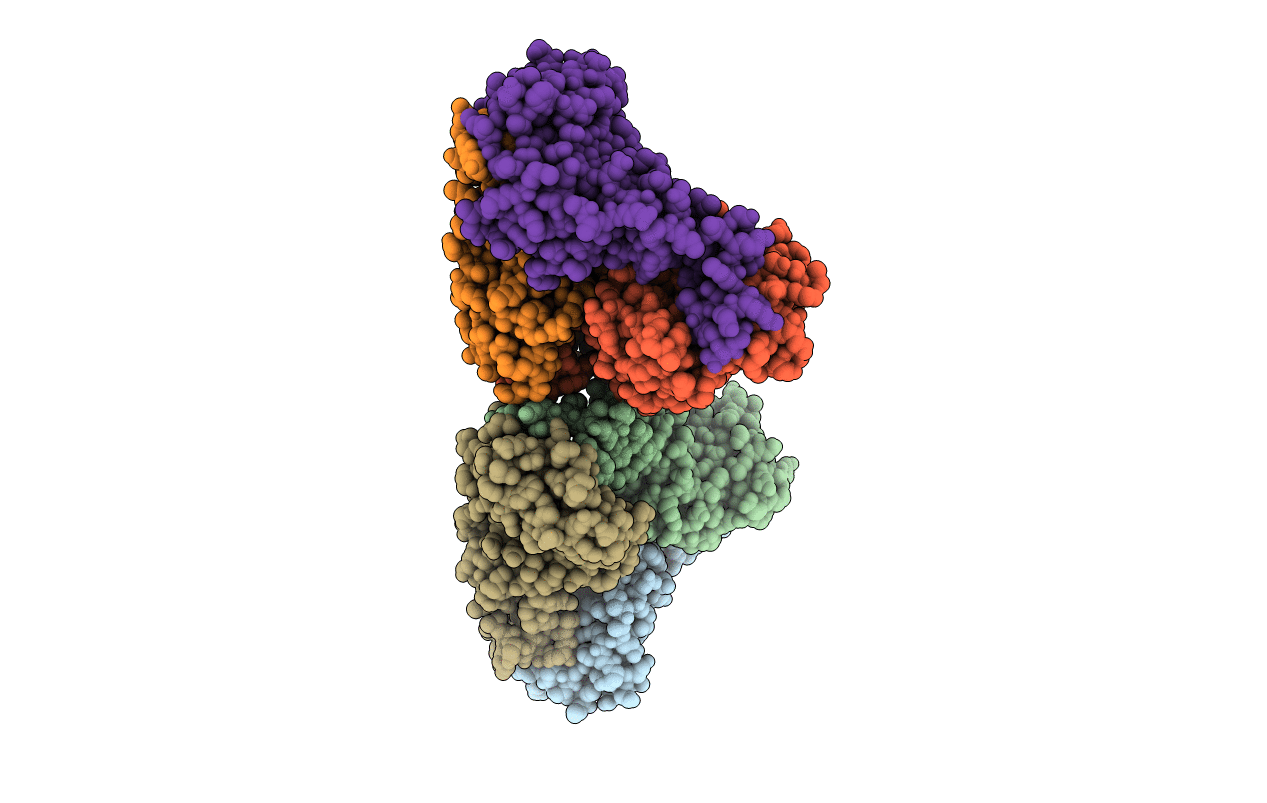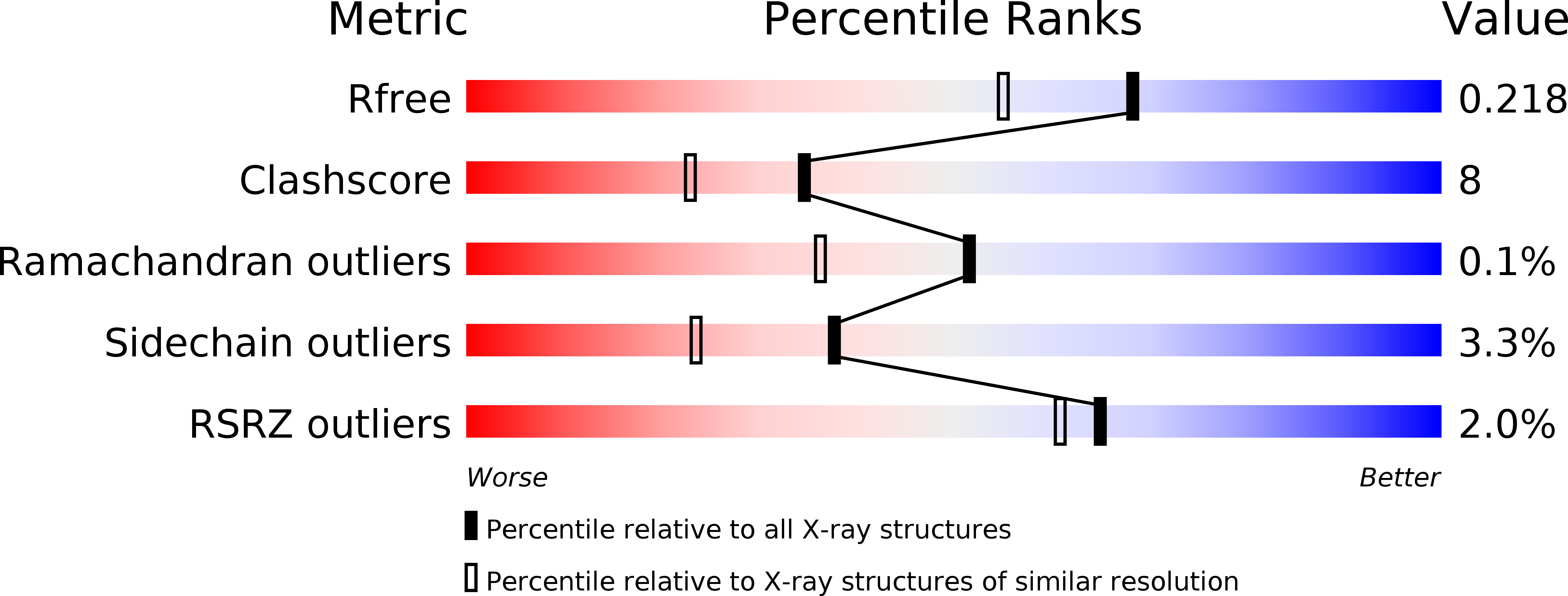
Deposition Date
2002-09-18
Release Date
2003-08-26
Last Version Date
2024-03-13
Entry Detail
Biological Source:
Source Organism:
Enterococcus faecium (Taxon ID: 1352)
Host Organism:
Method Details:
Experimental Method:
Resolution:
1.80 Å
R-Value Free:
0.20
R-Value Work:
0.17
R-Value Observed:
0.17
Space Group:
F 2 2 2


